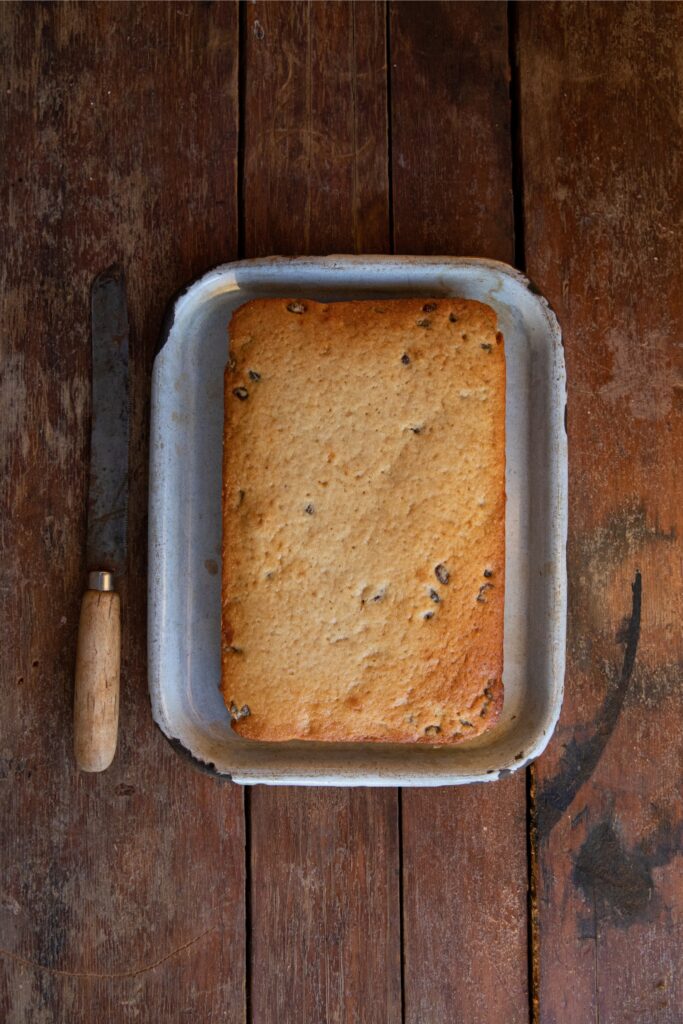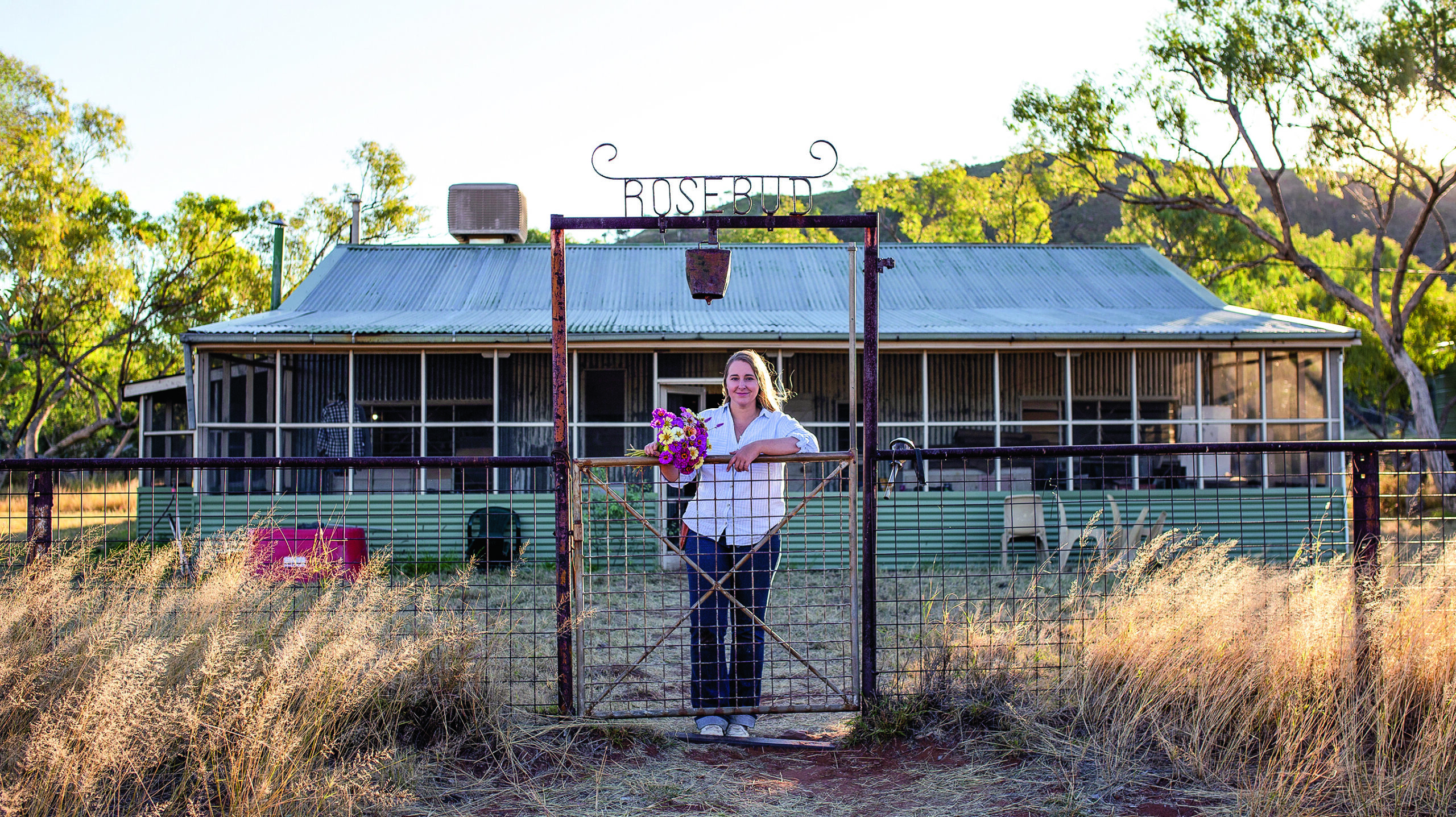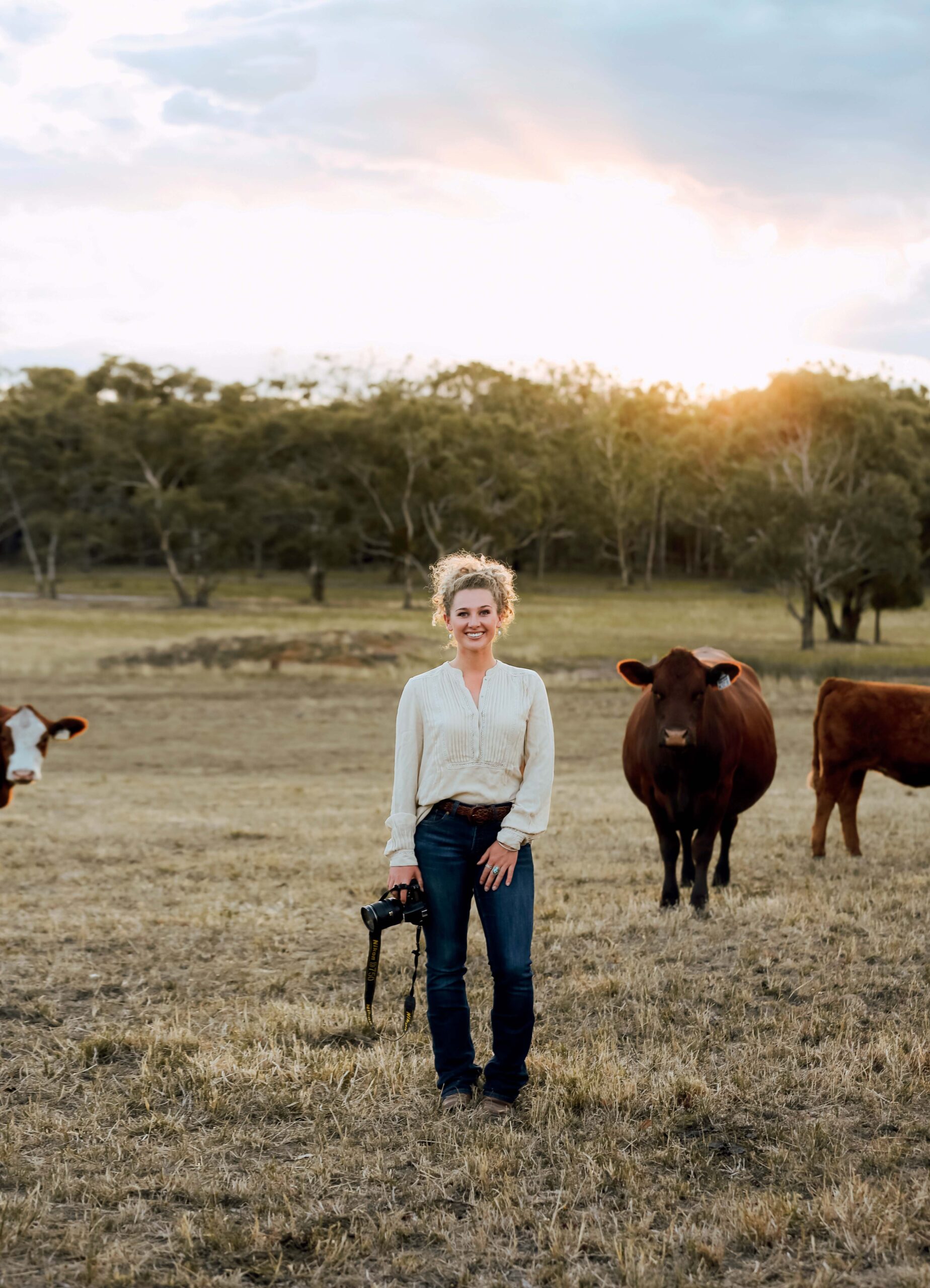Sign up to our mailing list for the best stories delivered to your inbox.
Jane Smith shares her recipe for dark chocolate and oat biscuits, plus other tea-break favourites.
WORDS AND PHOTOGRAPHY JANE SMITH


In more recent times, life has had more ups and downs and this has been reflected in our conversations. Unexpected events and changed plans add to the complexity of life as we grow older. So, when Dad mentioned that a freak weather event had damaged the woolshed on the property where I grew up, near Ivanhoe in far-west New South Wales, I felt surprisingly emotional.
It was more than just my thoughts about the pieces of loose tin and exposed timber. Suddenly I realised that life itself can feel like a shed weathering the storm, with familiar pieces gradually becoming loose. Some bits are mended, some things remain intact and some parts are tricky to repair. Circumstances change, people drift away, children grow up and nothing remains the same forever.
Through all of life’s changes, the structures and spaces from my childhood still feel like home. They have mostly stood the test of time; the sprawling homestead and outbuildings, the big sheds, the small sheds and, of course, the woolshed. In the woolshed, every creaky door, every hand-cut post, every shaft of light, every surface covered in greasy lanolin and dust feels familiar and reassuring in a complicated world.
Walking into that dark, cavernous space as an adult, I am instantly transported back in time. With a soaring roofline, practical louvred windows and timber yards, it is not a modern woolshed. It was built by hand in a time long before high-tech building equipment, bitumen roads, online ordering and mass production. Each year when shearing time arrived, we took the opportunity to watch in awe as the shearers would skilfully shear thousands of sheep with mesmerising repetition.
Sometimes we children would call in at the shearers’ kitchen on the way to the woolshed and chat to the industrious shearers’ cook. The kitchen was always warm and the aroma of roast mutton wafted from the ovens. In those days the property supplied the shearing team with sheep for slaughtering and mutton was served at almost every meal. Enormous boxes and crates of provisions filled the benches and were stacked on the floor. There would be tea, coffee, bread and butter on a scale that seemed enormous to me as a child. And, of course, flour and sugar for baking.
If we happened to be near the woolshed at smoko time, we would see the cook bustling up the steps and in through the back door with clockwork timing. She would be carrying boxes of sturdy sandwiches and cakes, enormous pots of tea and bottles of bright green cordial to keep the shearers sustained. During smoko the noisy shearing machinery would be shut down and the shed would become quiet, apart from some low chatter and the occasional enthusiastic sheep dog. When the food was washed down and aching backs were slightly rested, the noise and activity would resume and the team would once again face the endless sea of woolly sheep.
The reality of modern life is that not every old station building can be constantly maintained or fully restored, and changes in farming methods have made some of these buildings redundant. Time moves on, but I can’t help feeling sentimental about the noble structures that have seen so many changing seasons, animals and generations of our family pass through the doors.
The simple yet satisfying recipes on these pages are a tribute to bush woolsheds and the tradition of the smoko break. Long may this continue, in the old and the more modern sheds right across our country.

DARK CHOCOLATE AND OAT BISCUITS
Makes 48
250g butter, softened to room temperature
1 cup lightly packed (185g) brown sugar
2 eggs
1½ cups (225g) plain flour
1 teaspoon baking powder
3 cups (300g) rolled oats
200g dark cooking chocolate, chopped into small chunks
1. Preheat the oven to 180°C. Line two baking trays with baking paper and set aside until needed.
2. In a mixing bowl, cream together the butter and sugar until pale and well combined. Beat in the eggs.
3. Sift in the flour and baking powder and stir to combine. Add the oats and chocolate and stir to combine.
4. Roll tablespoons of the mixture into balls, place them about 3cm apart on the baking trays and flatten slightly. You may need to cook these biscuits in two batches (four trays).
5. Bake for 15 minutes or until golden brown. Transfer to wire racks to cool.
WALNUT CINNAMON BISCUITS
Makes 24
¼ cup (55g) white sugar
½ teaspoon ground cinnamon
125g butter, softened to room temperature
1/2 cup (110g) caster sugar
1 egg
11/3 cup (200g) plain flour
1 teaspoon bicarbonate of soda
¾ cup (80g) walnuts, finely ground
1. Preheat the oven to 180°C. Line two baking trays with baking paper and set aside until needed.
2. Combine the white sugar and cinnamon In a small bowl and set aside until needed.
3. In a mixing bowl, cream together the butter and caster sugar until pale and well combined. Beat in the egg.
4. Sift in the flour and bicarb soda and stir to combine. Add the ground walnuts and stir to combine.
5. Roll tablespoons of the mixture into balls and toss them gently in the cinnamon mixture. Place them about 3cm apart on the baking trays and flatten gently.
6. Bake for 10-15 minutes until lightly golden. Transfer to wire racks to cool.


FRUIT SLICE
Makes 24 pieces
2 cups (300g) self-raising flour
1 cup lightly packed (185g) brown sugar
125g butter, chopped into small cubes
1 cup dried fruit (sultanas, apricots, figs or dates), chopped into small pieces
1 egg, lightly whisked
½ cup (125ml) milk
1. Preheat the oven to 180°C. Line a 20cm x 30cm rectangular slice tin with baking paper.
2. Combine the flour and sugar in a large mixing bowl. Add the butter and use clean hands to rub the butter into the flour mixture until it resembles breadcrumbs.
3. Spread half of the mixture evenly in the base of the tin, pressing down firmly. Refrigerate for 30 minutes or until firm.
4. Add the fruit, egg and milk to the remaining batter in the bowl and stir to combine. Spread this mixture evenly over the chilled base.
5. Bake for 30 minutes or until golden brown. Cool for 30 minutes in the tin, then carefully transfer the slice to a wire rack to cool completely before cutting into 5cm squares.
Visit The Shady Baker website or find Jane on Instagram.
Subscribe to Graziher and never miss an issue of your favourite magazine! Already a subscriber? You can gift a subscription to someone special in your life.

When she wanted to make a place for herself on her husband’s family farm, Samantha Campbell took up the challenge of growing flowers in the outback.

From orange cream filling to economical cornflake cookies, these recipes by Jane Smith (aka The Shady Baker) are perfect for dunking, gifting and filling the bickie tin.

As a rural woman, Ruby Canning found getting support for reproductive health issues such as endometriosis can be just as painful as the condition itself.